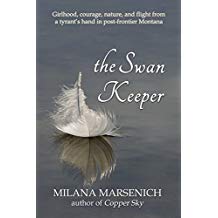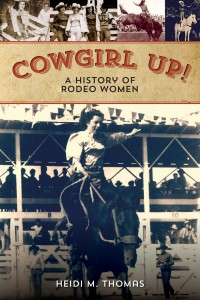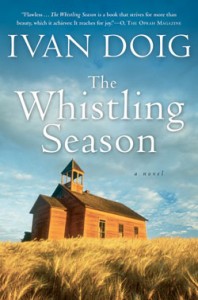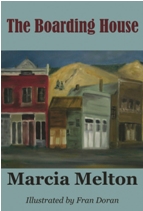 The Swan Keeper by Milana Marsenich, a novel placed in the 1920’s, is set in the rugged Montana Mission Mountains.
The Swan Keeper by Milana Marsenich, a novel placed in the 1920’s, is set in the rugged Montana Mission Mountains.
On her eleventh birthday, Lilly’s fondest desire comes true when her family picnics at her favorite place, the Cattail Marsh, to see the newly hatched cygnets. Lilly and her father love the trumpeter swans and faithfully watch their habits. But someone is killing the magnificent birds and great numbers of them are either dying of gunshot wounds or are poisoned by eating lead shot. Their celebration turns to tragedy when Lilly’s father is fatally shot and her mother critically injured. But the shooter, rather than escaping, attempts to revive her mother. Although Lilly sees it all and knows the truth, that it was intentional, no one believes her.
As Lilly struggles to cope with their terrible loss, she is determined to prove who the killer is, that there was a reason for her father’s hate and distrust of the man. She turns to Charlie West, the sheriff, who also runs a shelter for injured swans. Jerome, his son and her best friend, reluctantly helps Lilly in her attempt to bring the killer to justice.
Author Marsenich does a magnificent job showing the extremes of an eleven-year old’s anguish and frustration. The family lived a meager, but loving life. Now the father is dead and their mother gravely ill. Although neighbors help, the greatest burden to keep the family going is carried by Lilly’s fifteen year-old sister, Anna. Lilly is obsessed with proving the killer’s guilt and spends most of her time in the hills and forests tracking down evidence.
The young girl fantasizes a beloved swan protects her, giving her courage to carry on with her mission to fight for justice. Reality abruptly ends the fantasy when Lilly is face to face with the killer. Marsenich deftly takes the reader into the craggy Mission Mountains with its threats of extreme terrain, bears, and quickly changing weather.
The Swan Keeper is listed as a coming-of-age novel, but this gripping story would be of interest to anyone who loves nature and who strives for justice.




